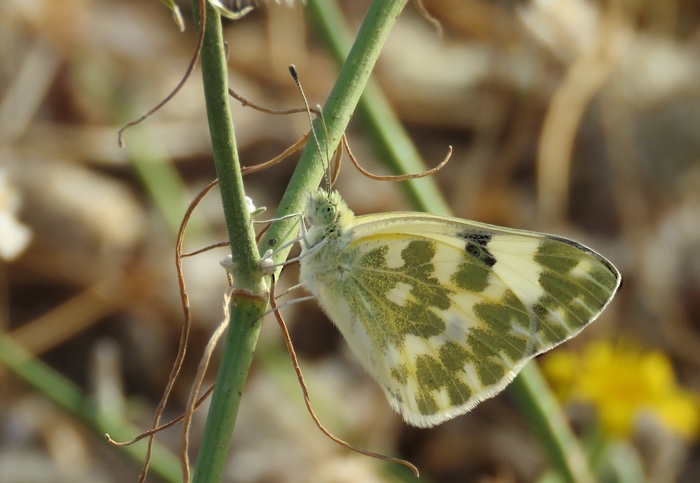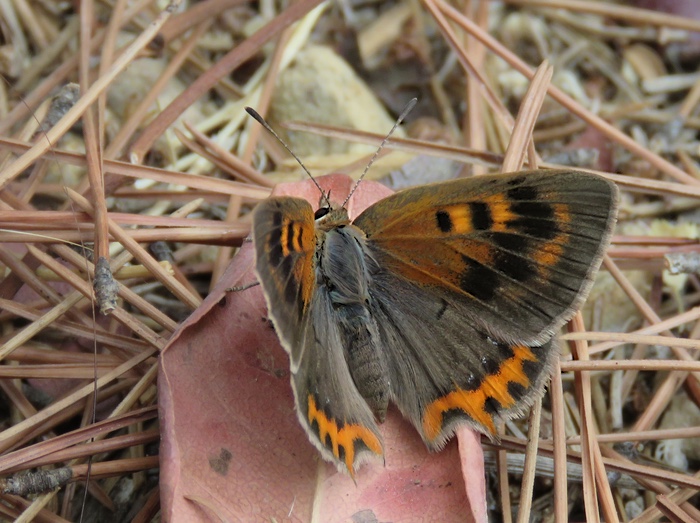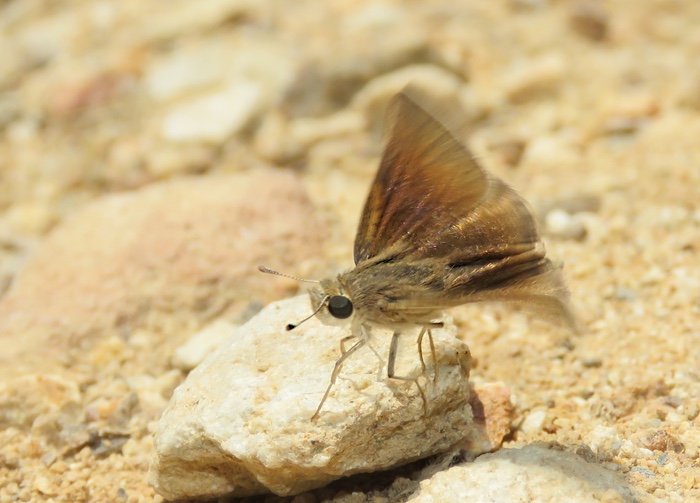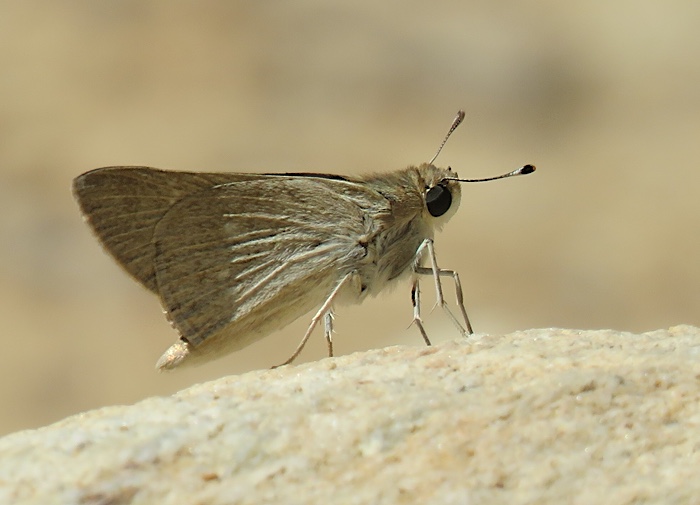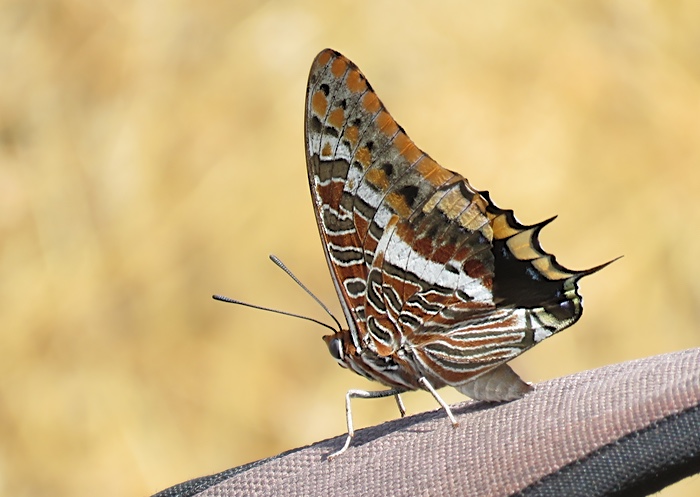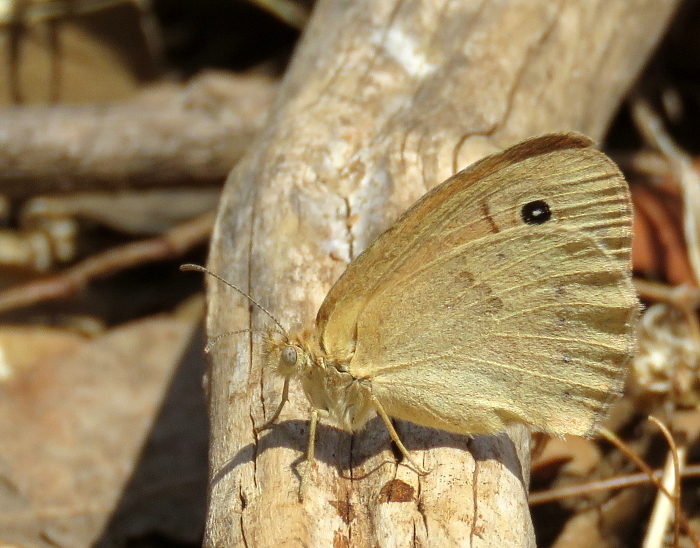On 31st I Premier Inned it at Stansted Airport, to be on the 09h20 RyanAir flight to Málaga this morning. This was my third attempt at a trip away this year, so despite the situation in Northern Spain I bit the bullet and did it. The plane was not more than a quarter full - probably less, and mostly Spanish returning, rather than Brits going away. Because I’d completed all the covid entry requirements online, I was the first through passport control and had the eerie experience of walking into an entirely empty baggage hall - not another soul there - just lots of stationary carousels. Unsurprisingly, baggage came quickly and the mostly empty train to Málaga Centro Alameda was punctual to the second.
On the UK trains, a number of people were intent on becoming superspreaders. At one point I had to move carriages, as a boorish, maskless girl on the other side, but facing me, was laughing, shouting, exhaling loudly and violently, eating and drinking, wiping her face and lounging all over the table! I’m not exaggerating. Short of actually licking the upholstery she couldn’t have gone further. As a carer, I’m quite keen to avoid such people, so I didn’t engage in dialogue and put myself at greater risk but just moved. In contrast, everyone on the Spanish train was masked, distanced and polite. In town, almost everyone was wearing a mask - as is now the law for all public places in Spain. The most obvious exceptions were groups of young Brits, drifting around apparently oblivious to everyone else’s courtesy. The €30 a night hostal is very clean - and all the cleaners are masked and gloved. In short, I think Spain - Málaga at least - is making a real effort to respond responsibly to the present situation.
That said, photographing butterflies while wearing a mask, sunglasses and a hat is very, very difficult! I tried, though, while in town. It was far too hot by the late afternoon for much to fly, but there were a lot of Lang’s short-tailed blues about and I got a few shots of a female and one of the eggs she laid:


I then had a quick look along the river bed and climbed up into the hills. All the butterflies were roosting deep in shade, in temperatures that reached 38 degrees by 18h00. This monarch was under a bridge, just near enough for me to get a zoom shot (rather poor, because of the shade):

Others were roosting among the reeds, towards the other side of the river.
Other species seen lurking or disappearing into the undergrowth were Bath white, clouded yellow and Polyommatus celina - the tiny, summer form. I had real trouble getting pictures of that as although I wasn’t in town I’d forgotten to take my mask off - you just get used to them - and they were all deep in focus-trashing grass!
I’ll go into the hills earlier tomorrow!
Guy








